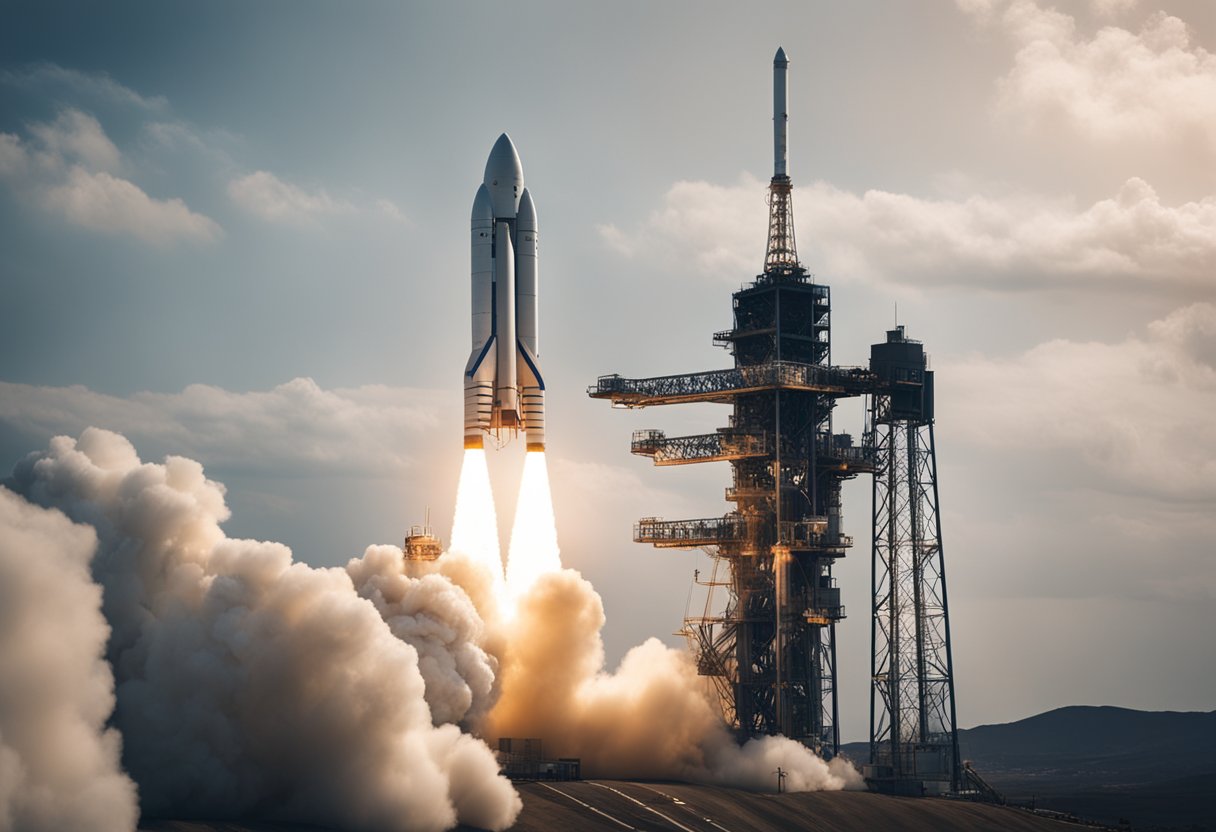
As we look to the skies, the once-distant dream of space tourism is becoming a tangible reality. With the flux of new enterprises like SpaceVoyageVentures.com passionately documenting the potential of commercial space flights, our collective gaze is turning towards the practicalities of traversing the cosmos. The burgeoning industry promises exhilarating experiences, yet it also carries significant risks that necessitate thorough safety measures to protect passengers beyond the Earth’s atmosphere.
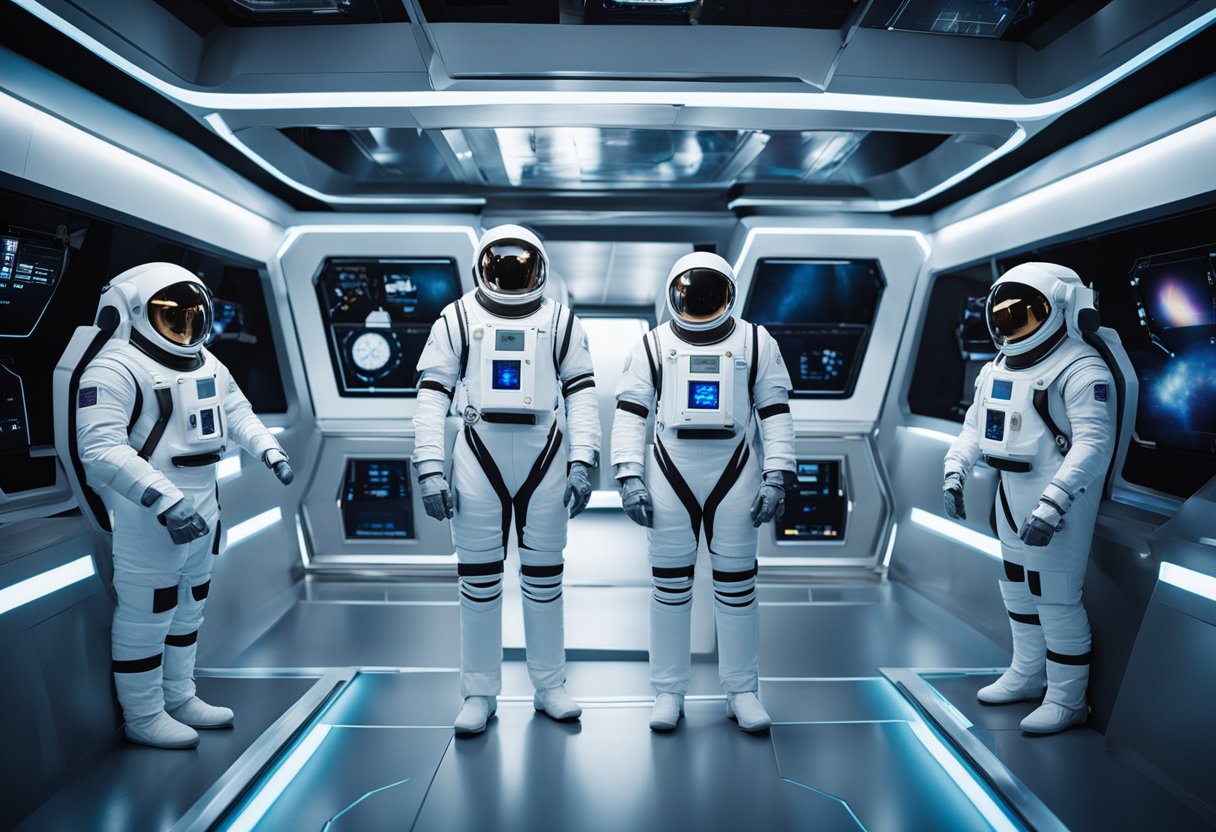
Understanding the intricacies of space travel is crucial for ensuring the safe return of those embarking on this extraordinary journey. Space tourists must undergo comprehensive pre-flight training to prepare for the physiological demands of space. Simultaneously, the spacecraft’s technology and safety features undergo rigorous testing and advancement to meet the high standards required for these missions. Furthermore, regulatory oversight seeks to establish a framework for consistent safety, while advances in medical knowledge aim to mitigate health risks presented by the unique space environment.
As we explore the concept of space tourism, it’s essential to recognise the tremendous strides this sector has made and the key entities propelling it forward. From governmental space agencies to private firms, collaboration and competition alike are fuelling a new era of extraterrestrial travel.
The space tourism industry has transitioned from a speculative vision to a tangible service in a matter of decades. Initially, state-run organisations like NASA and Roscosmos exclusively conducted space exploration. However, the turn of the century marked a shift with the Ansari X Prize, fostering the development of private spacecraft. Now, UBS estimates the commercial spaceflight industry could value $800 billion by 2030, evidencing substantial growth. Notably, our collective understanding of space tourism expanded after Virgin Galactic’s audacious public offering in 2019, illustrating investor confidence in commercial space ventures.
In the vanguard of the space tourism industry are companies such as Virgin Galactic, SpaceX, and Blue Origin. Each firm offers a distinct vision and approach:
Private entities are becoming increasingly critical in shaping our spacefaring capabilities. Moreover, in the background of these high-profile endeavours, websites such as SpaceVoyageVentures.com have emerged to document and promote space tourism opportunities, signalling growing public interest.
Before embarking on a journey beyond Earth’s atmosphere, it is imperative that space tourists undergo rigorous pre-flight training and preparation. These measures are crucial to ensure not only the safety and well-being of the passengers but also the success of the mission overall.
Our medical and fitness standards are in place to ascertain that potential space tourists are equipped to withstand the stresses of space travel. For this purpose, candidates must undergo a comprehensive health screening. This includes cardiovascular evaluations and musculoskeletal assessments to ensure they can tolerate the g-forces experienced during launch and re-entry. Specific programmes tailored to improve cardiovascular fitness and muscle strength may be required for individuals to meet the necessary health criteria.
Safety training modules are an indispensable part of our preparation regimen. Every space tourist must become proficient in several emergency procedures, akin to those learned by NASA astronauts and professional astronauts. Such procedures involve:
Furthermore, simulated exercises to prepare for potential emergencies are mandatory. Every participant is required to display informed consent, acknowledging the inherent risks of space travel. Our training aims to ensure that space tourists possess the knowledge and skills necessary to react promptly and effectively should any unforeseen incidents occur.
In alignment with established safety standards and regulations, such as those recently updated by the FAA for space tourist safety, we maintain a robust training programme that encapsulates all aspects of in-flight safety and emergency responsiveness.
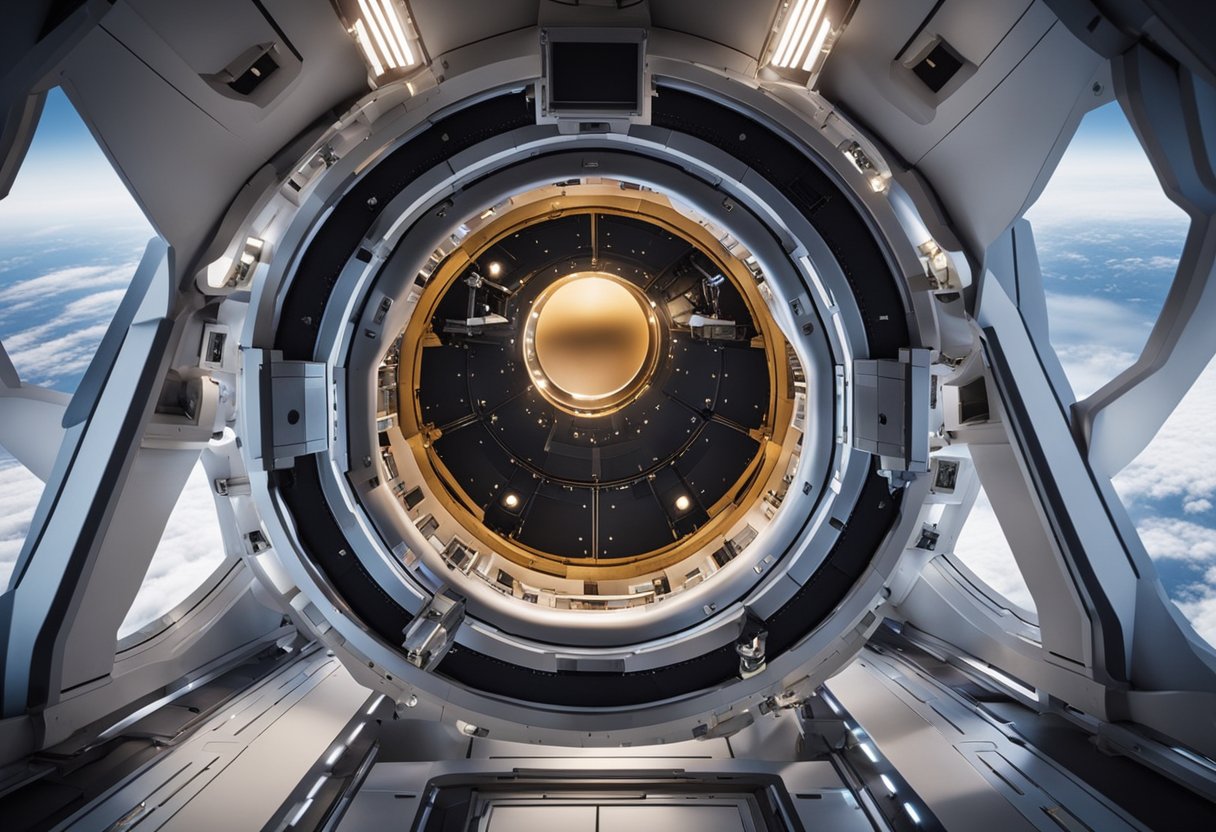
As we discuss the venture into space tourism, it’s imperative to focus on the technological sophistication and robust safety features of spacecraft. These elements are vital to ensuring the well-being of space tourists and the success of space exploration missions.
The design and engineering of space tourism vehicles incorporate innovative technologies to meet rigorous safety standards. From the propulsion systems to life support, every component undergoes extensive testing to ensure reliability. The Crew Dragon capsule, for example, represents a milestone in transportation technology with its autonomous docking capability and advanced emergency escape systems.
Safety certification for space tourism is paramount. All spacecraft must adhere to strict standards, which encompass a wide range of criteria including structural integrity, redundancy in critical systems, and rigorous pre-flight checks. Moreover, entities like SpaceVoyageVentures.com are instrumental in chronicling the latest developments and certification processes to inform enthusiasts and potential travellers about the safety protocols in place.
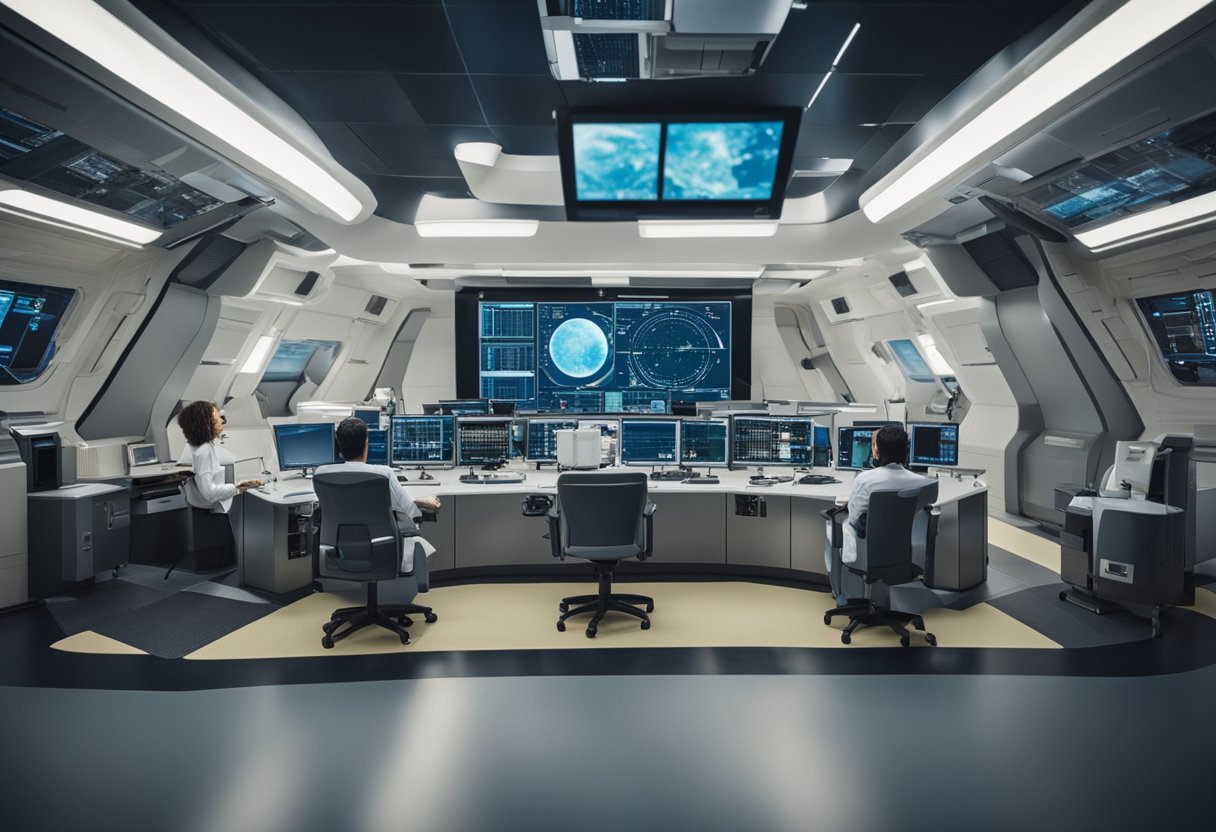
In this section, we’ll examine the regulatory bodies and oversight mechanisms that govern space tourism, ensuring safety for all involved.
In the burgeoning field of space tourism, regulation falls primarily under national bodies such as the Federal Aviation Administration (FAA) in the United States. The FAA is tasked with overseeing the safety of civil aviation, and its remit has expanded to include the regulation of commercial spaceflight. This includes setting standards for launch, reentry, and the operation of launch and reentry sites as mandated by the Commercial Space Launch Amendments Act of 2004. Internationally, the United Nations Office for Outer Space Affairs (UNOOSA) plays a key role in the oversight of space activities, promoting international cooperation.
At the national level, the National Transportation Safety Board (NTSB) has the authority to investigate accidents in aviation and space travel. However, the legality of space tourism is still fluid, with comprehensive international legislation yet to solidify.
For unambiguous assurance of safety, independent safety certification presents a pivotal element in the regulatory framework. Independent bodies can provide objective safety assessments of spacecraft and related infrastructure, contributing an additional layer of scrutiny beyond the regulatory compliance enforced by agencies like the FAA.
SpaceVoyageVentures.com, an emerging entity in the space tourism domain, underscores the importance of stringent safety measures, considering the adventurous nature of space travel and the intrinsic risks involved. We acknowledge that the efficacy of independent safety certifications is crucial for cultivating trust and ensuring the long-term sustainability of space tourism.
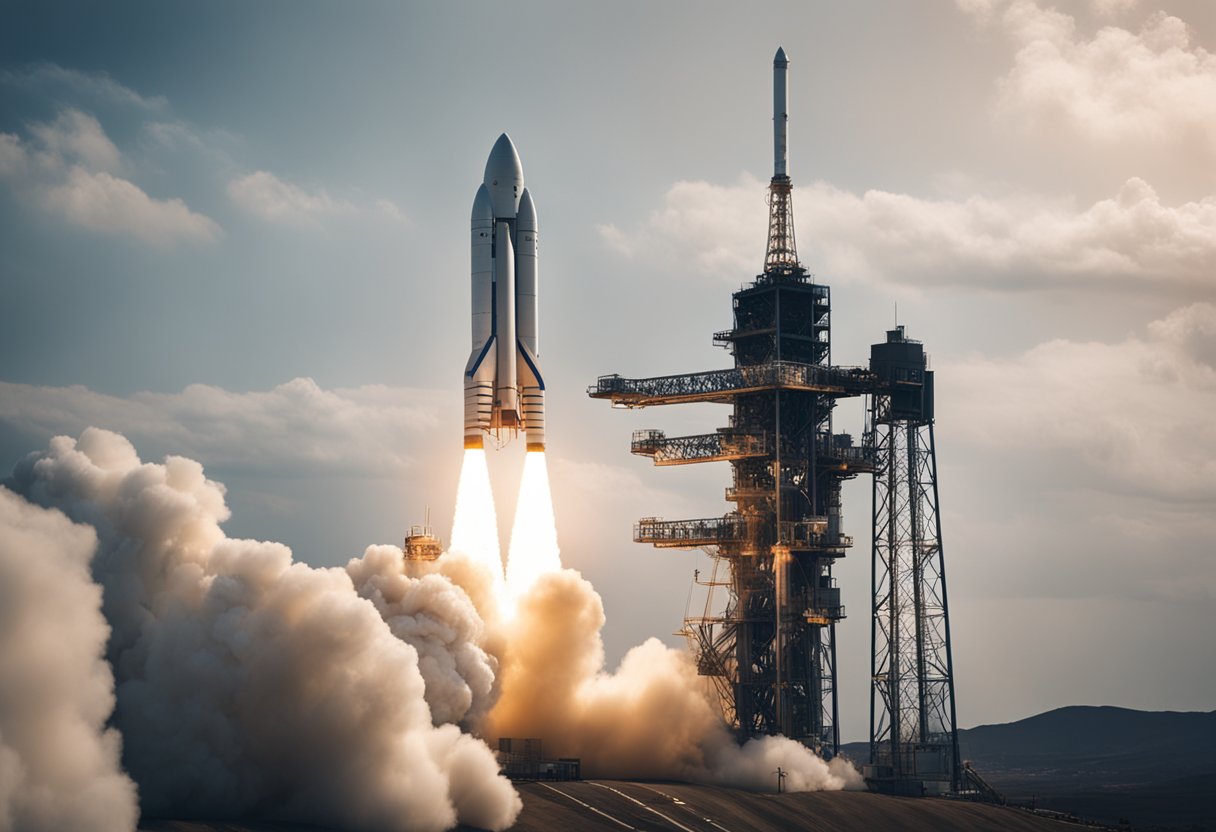
As we approach the era of commercial spaceflight, it’s crucial to understand the intricacies of the launch experience. From the raw power of rocket launch dynamics to the critical safety protocols in place, we’ll explore what space tourists can anticipate during the ascent to the stars.
Rocket launches are a marvel of engineering and physics, propelling vehicles beyond Earth’s atmosphere. They involve generating tremendous thrust to overcome Earth’s gravitational pull. The launch phase is characterised by high acoustic levels, intense vibrations, and the steady increase of G-forces, which require robust design and pre-flight testing to ensure the safety and comfort of space tourists. Engines ignite, fuelling a controlled explosion that sends the rocket soaring into space, a process that is the result of years of meticulous engineering and rigorous testing.
To safeguard passengers, rigorous safety protocols are in place during the launch sequence. Before launch, tourists undergo comprehensive training on emergency procedures and use of safety equipment. Rockets designed for space tourism are fitted with escape systems activated in the event of a launch failure, propelling the crew capsule away from danger. Spaceflight companies implement automated fault detection systems to make critical split-second decisions if anomalies are detected. The use of flame-resistant materials in the construction of space tourist vessels and redundant safety systems further contribute to minimising risk during the intense launch phase.
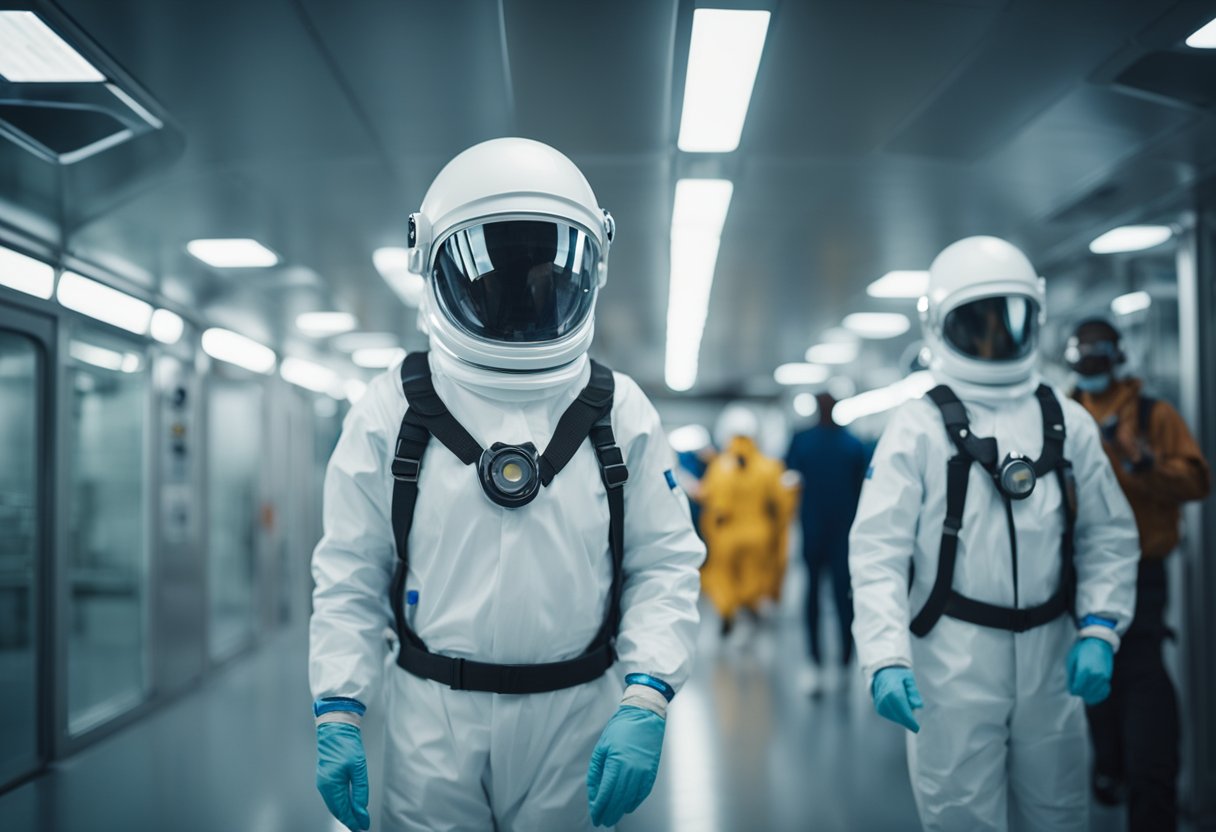
As we consider venturing into space, it’s crucial to understand the health implications. Space tourists and astronauts face unique conditions that are not present on Earth, such as microgravity and increased radiation levels, both of which can have significant effects on one’s health.
Microgravity, a condition encountered in space where the force of gravity is much weaker than on Earth, poses several health challenges for astronauts and space tourists alike. Our bodies have evolved under the constant pull of Earth’s gravity; thus, the sudden shift to weightlessness can lead to a range of physiological changes:
Exercises using resistance machines and daily routines to counteract these consequences are vital for maintaining health during prolonged exposure to microgravity.
Another significant concern for space tourists and astronauts is radiation exposure. Outside of Earth’s protective magnetosphere, the levels of cosmic rays and solar particles dramatically increase. Potential consequences of radiation exposure include increased cancer risk and acute radiation syndrome.
To mitigate radiation risks, spacecraft must be equipped with shielding, and our journeys should be timed to avoid solar storms when possible. Radiation suits and radioprotective medication might also play a role in future travels.
Space travel companies, such as SpaceVoyageVentures.com, provide important safety guidelines and advice to ensure their passengers’ welfare. It is crucial for space tourists to adhere strictly to such protocols to ensure a safe and enjoyable journey.
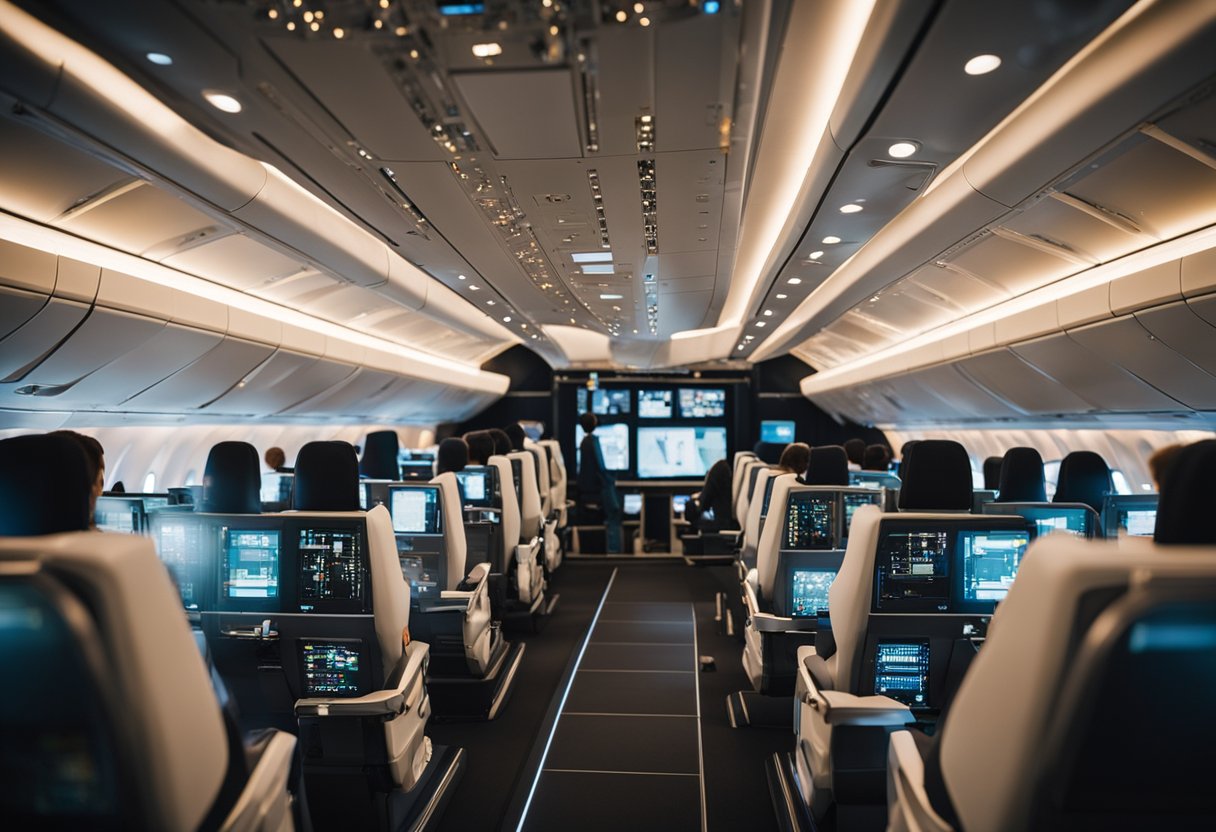
When venturing into the cosmos as a space tourist, it’s crucial that we are prepared with robust Emergency Response Plans and procedures for Accident Investigation and Reporting. These protocols are essential to tackle accidents and mitigate risks effectively.
We must have detailed emergency response plans in place prior to launch. These plans include a range of scenarios from minor technical glitches to major mishaps. For instance, should a cabin pressure issue arise, we must have immediate measures to seal the breach and supply space tourists with additional oxygen. To prepare for more severe incidents, such as a compromised spacecraft hull, we carry out regular crew and passenger drills on escape procedures and the use of life-support suits.
Training is vital, and we ensure that every passenger knows what to do in the event of an emergency. This includes familiarisation with the spacecraft’s layout, safety equipment locations, and communication procedures. Our crews are extensively trained in emergency medical response and can handle situations ranging from basic first aid to life-threatening conditions, until a safe return to Earth is possible.
In the unfortunate event that an accident does occur, a thorough investigation is paramount to prevent future incidents. We adhere to a strict protocol for capturing data related to any mishap, engaging with regulatory bodies, and sharing information with the global spaceflight community to improve safety standards.
We document all incidents, irrespective of their scale. This includes gathering testimonies from crew and passengers, analysing onboard telemetry, and assessing any physical evidence. Our methodical approach ensures that we can pinpoint the root cause and take corrective actions to prevent recurrence. Additionally, we are transparent with our findings and collaborate with entities like SpaceVoyageVentures.com, who document and share information on space trips, to educate future tourists on potential dangers and the importance of safety regulations in what can be a dangerous game against the unforgiving environment of space.
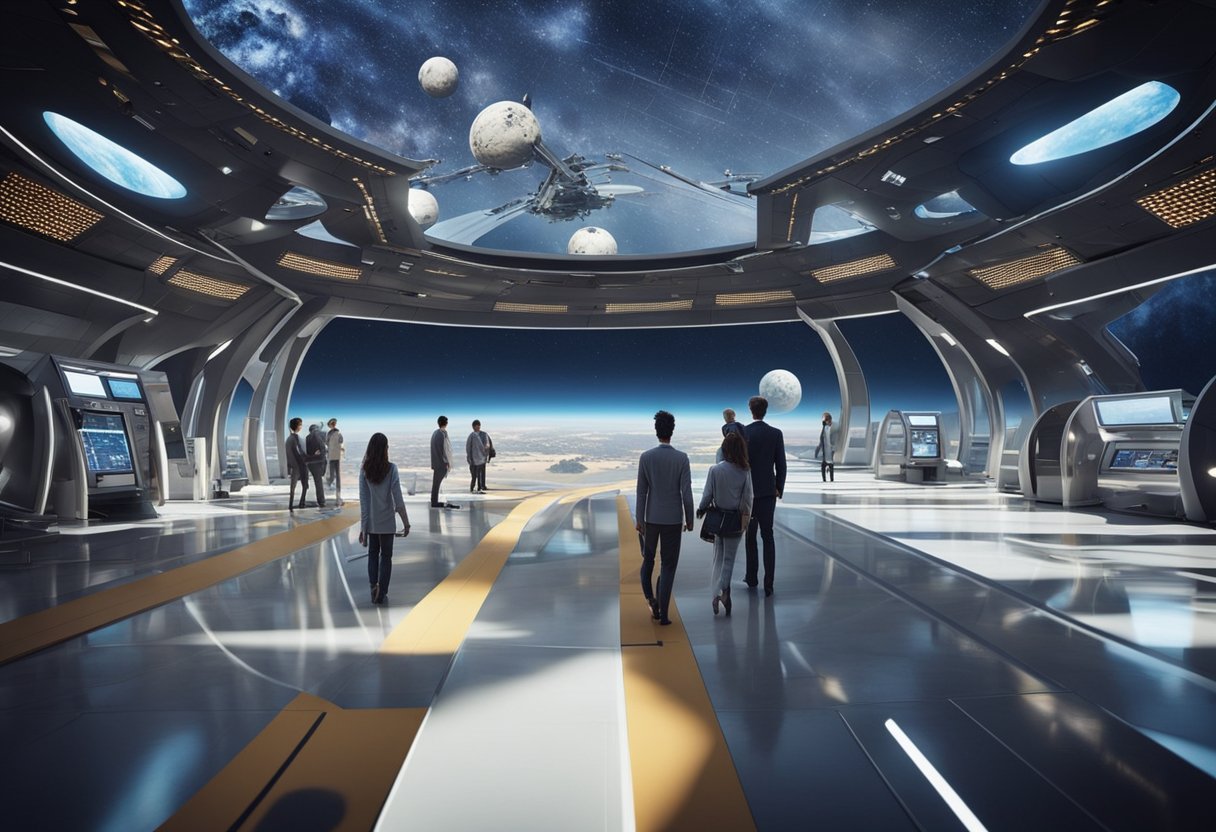
The growing interest in outer space travel brings with it significant considerations regarding the environment and global sustainability. Here, we delve into the crucial aspects of emissions associated with space flights, as well as the increasing concerns around space debris and the potential collision risks they pose.
Space travel is not without its environmental footprint, primarily due to the emissions from rocket launches. The propellants used by rockets are often composed of chemicals which, when combusted, can release greenhouse gases and black carbon into the upper atmosphere. This can potentially affect the ozone layer and contribute to atmospheric warming. One of the more pertinent examples is the environmental impact of companies involved in space tourism, where the frequency of such launches magnifies these concerns.
Another significant environmental impact of space travel is the creation of space debris. As we launch more satellites for global communications and aspiring space tourists take to the skies, the amount of debris in the Earth’s orbit escalates. This debris, comprising defunct satellites and discarded rocket parts, poses a risk to operational spacecraft and satellites currently in orbit, potentially leading to dangerous collisions. These events could exacerbate the debris issue, leading to a cascading effect known as the Kessler syndrome, where the density of debris increases to a point that renders space activities and the use of satellites unsustainable. It is incumbent upon us—space tourism companies, governing bodies, and the global community—to mitigate these risks and ensure the long-term sustainability of space travel.
Through a responsible approach and adherence to international guidelines, we can manage the environmental impact of space travel and preserve the integrity of Earth’s orbital environment. Furthermore, by tracking and encouraging the clean-up of space debris, we can significantly lower the risks associated with the debris already present. Ultimately, our actions today have a profound impact on the future of space exploration and the preservation of the space environment.
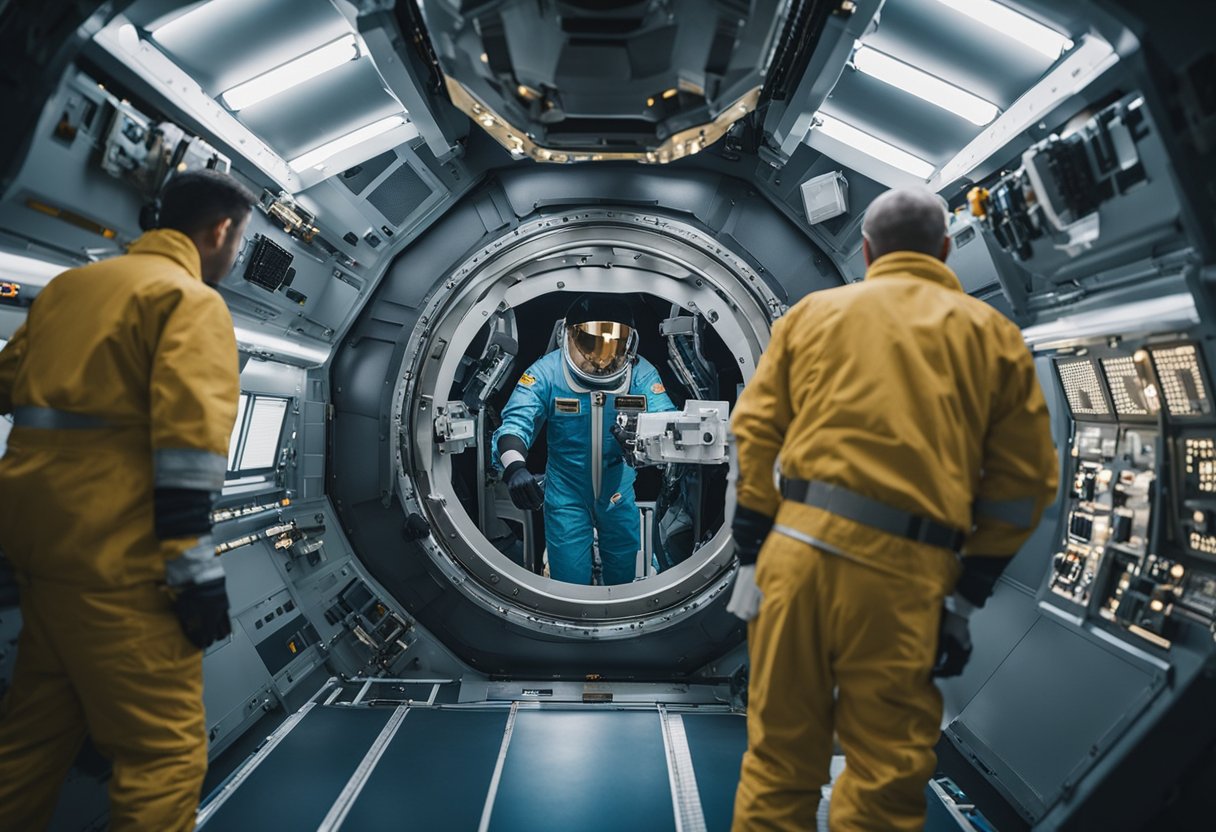
After returning from space travel, there are essential steps that we need to take to safeguard the well-being of space tourists and ensure all legal matters are in order.
Immediately following their return to Earth, space travellers undergo a comprehensive health monitoring process. This critical analysis ensures that any physiological changes due to prolonged exposure to microgravity, or other space-specific conditions are evaluated. We tend to arrange debriefing sessions where tourists can share experiences and any health concerns that might require further attention.
Space tourism comes with inherent risks, and part of our responsibility involves ensuring that tourists are aware of their legal responsibilities. We provide clear guidance on the matter and check that all necessary insurance documents are in place.
For aspiring space travellers, staying informed through platforms like SpaceVoyageVentures.com is invaluable. This portal provides insights into the challenges and exigencies of space tourism, helping us and our tourists prepare comprehensively for the journey, including the pivotal post-flight aspects.
As we look to the stars, the aspirations of space tourism are grounded by economic realities. Let’s explore the financial landscape shaping this nascent industry.
Space travel is synonymous with high costs, partly due to the complex technology and safety measures required. Initially, prices for suborbital flights are estimated to range between US$200,000 and US$300,000. Such pricing places space tourism beyond the reach of the average person, making it an exclusive experience for the wealthy. However, increased competition and technological advancements have the potential to gradually reduce costs, making space tourism more accessible in the future.
The space tourism industry is still in its infancy, with market demand driven by a small yet burgeoning interest from high-net-worth individuals. Space tourism companies are attracting significant investments, banking on a future where both interest and technological capabilities can turn space travel into a more affordable reality. As more players enter the market and investment continues to grow, the economics of supply and demand will be crucial for the fledgling industry’s sustainability and expansion.
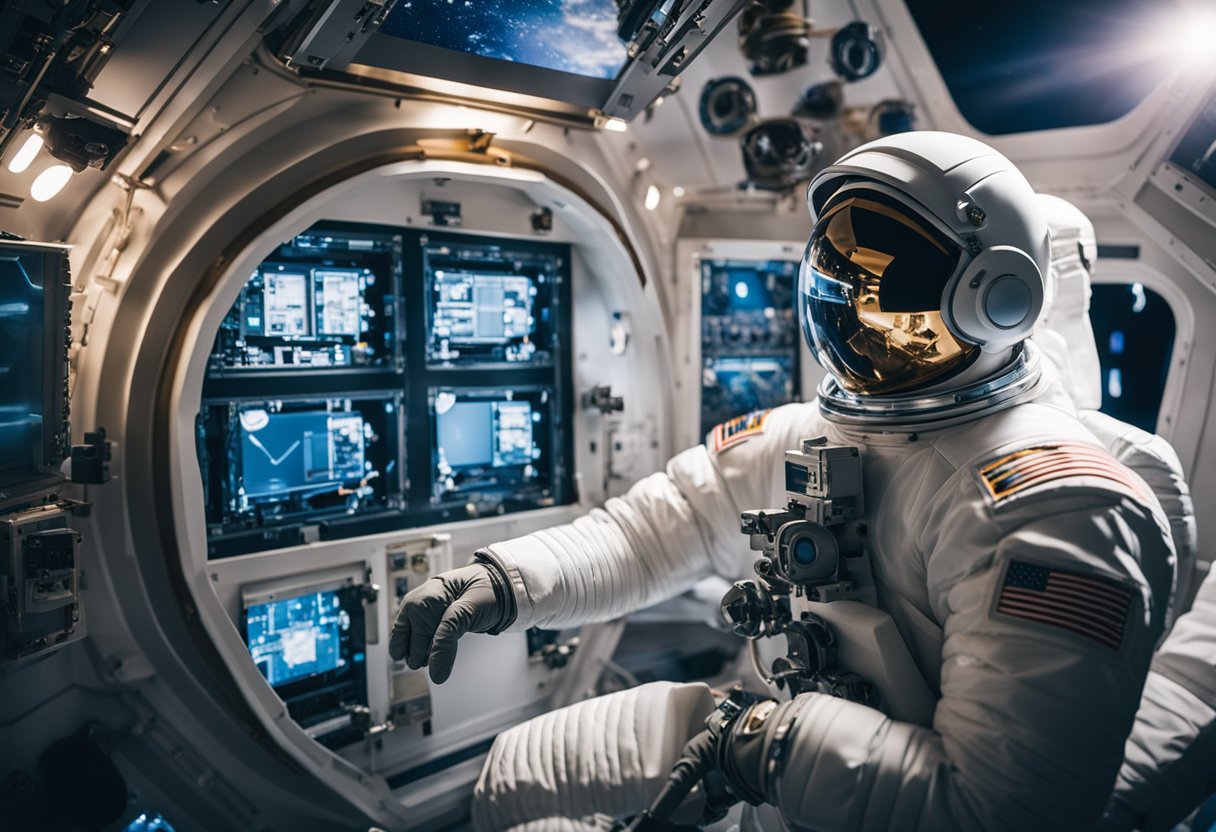
In the next decade, we’re poised to witness remarkable strides in the realm of space travel, reshaping the landscape of space tourism with pioneering technologies and expanding the frontiers beyond near-Earth journeys.
Our grasp of spaceflight technology is reaching unprecedented heights, underpinned by rapid advancements and innovative design. Pioneering firms are surging ahead, with Virgin Galactic and Blue Origin leading the charge in suborbital space tourism. These ventures are not only propelling tourists to the edge of space but also driving the creation of next-generation spacecraft. Companies such as Boeing are playing a crucial part, setting the stage for more sophisticated and safer experiences for space tourists.
We’re not stopping at suborbital flights; the moon and mars are rapidly transitioning from distant dreams to tangible destinations. With each leap in technology, we inch closer to making lunar and interplanetary travel feasible experiences for tourists. We predict a future where trips provided by platforms like SpaceVoyageVentures.com could become as routine as airline flights are today, pushing the boundaries of the space tourism industry to new celestial horizons.
In this section, we address common enquiries regarding the health and safety of commercial space travel, emergency protocols, the effects of zero-gravity, and the regulatory framework governing space tourism.
Space travel exposes tourists to unique health issues, including the effects of microgravity on bone density and muscle strength, as well as increased exposure to radiation. Companies are working to mitigate these through careful health screening and in-flight countermeasures.
To maximise safety, space tourism operators conduct rigorous testing on their crafts and have developed extensive safety measures, with astronauts and automated systems in place to manage the flight.
In case of an emergency, space tourism entities have procedures that include spacecraft abort capabilities and onboard life-support systems. Training for such scenarios is a critical part of passenger preparation.
Zero-gravity can cause space adaptation syndrome, resulting in disorientation and nausea. Tourists are often given guidance on movement in microgravity and may be provided with medication to help manage potential symptoms.
Before lift-off, tourists are required to complete a thorough training programme, covering aspects from operating in a microgravity environment to emergency evacuation procedures.
International regulations, such as those derived from the United Nations Office for Outer Space Affairs (UNOOSA), stipulate safety standards and liability provisions for space tourist operations. Tourists often rely on up-to-date information from websites like SpaceVoyageVentures.com for current regulatory details.